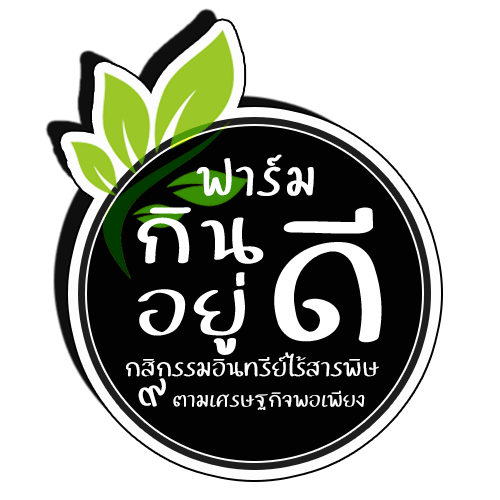In order to test Hypothesis 1, we first investigated the extent to which demographic factors, psychological well-being measures, and general Internet use predicted the amount of bridging social capital reported by students; the adjusted R 2 for this model was .38. 43. An additional pair of analyses further explored whether Facebook intensity interacted with the self-esteem and satisfaction with MSU life scales (see Table 6). The key finding is that, after first controlling for demographic factors, psychological well-being measures, and general Internet use, the extent to which students used Facebook intensively still contributed significantly (scaled beta 5 = .34, p < .0001), supporting Hypothesis 1. Interestingly, general Internet use was not a significant predictor of bridging social capital, suggesting that only certain kinds of uses of the Internet support the generation and maintenance of bridging social capital. The significance of these variables did not change when the interaction terms were added. We also explored whether gender and year in school interacted with Facebook intensity, in order to see if gender or time at MSU accounted for variation in the association between bridging social capital and Facebook use. These interactions were not significant and are not included in the table.
Overall, our independent factors accounted for nearly half of the variance in bridging social capital. The results suggest that Facebook is indeed implicated in students’ efforts to develop and maintain bridging social capital at college, although we cannot assess causal direction. Few demographic factors matter, although white students are somewhat more likely to have bridging social capital than non-white students (scaled beta = .08, p < .05). Among the psychological measures, the extent of students' satisfaction with life at MSU was strongly correlated with bridging social capital (scaled beta = .66, p < .0001).
To explore Hypotheses 3a and you will 3b, new telecommunications ranging from Fb play with and the Dayton backpage female escort mental steps is actually checked-out ( Data 4 and 5). People revealing reasonable pleasure and you may lowest worry about-regard appeared to gain for the bridging societal financing when they made use of Myspace way more greatly, suggesting your affordances of your own SNS was especially beneficial for those youngsters.
Full, this new integrated details accounted for nearly a quarter of your own variance in the students’ reported bonding social investment
As shown in Table 7, bonding social capital was also significantly predicted by the intensity with which students used Facebook (scaled beta = .37, p < .001 in model 2). Other factors that related to bonding social capital were ethnicity (being white, scaled beta = .16, p < .01, model 2), year in school (scaled beta = .22, p < .01, model 2), living on campus (scaled beta = .13, p < .01, model 2), self-esteem (scaled beta = .23, p < .01, model 2), and satisfaction with MSU life (scaled beta = .40, p < .001, model 2). General Internet use was not a significant predictor of bonding social capital, and the interactions between Facebook use and the two psychological measures were not significant. As in the bridging social capital analysis, gender and year in school did not interact significantly with Facebook use in predicting bonding social capital. The adjusted R 2 for the control factors alone was .19; adding Facebook Intensity raised this statistic to .22. Again, the same variables were significant when the interactions were added.
Each other hypotheses, which forecast that the relationship ranging from Twitter explore and you will connecting social resource manage differ based upon the amount of mind-regard and satisfaction which have lifestyle, are supported
Finally, entering only our control factors accounted for 13% of the variance in maintained social capital ( Table 8). Adding Facebook intensity raised the R 2 to .17 and revealed the same strong connection to Facebook intensity (scaled beta = .36, p < .001), even after controlling for the number of years at college (and thus, away from high school) and general Internet use. Interestingly, general Internet use was also a significant predictor of maintained social capital (scaled beta = .26, p < .05), suggesting that other Internet applications are useful in this case. Ethnicity (being white, scaled beta = .23, p < .001) and self-esteem (scaled beta = .30, p < .001) were the other significant variables in this regression. None of the interactions were significant. Together, the independent variables accounted for 16% to 17% of the variance in the maintained social capital measure.
